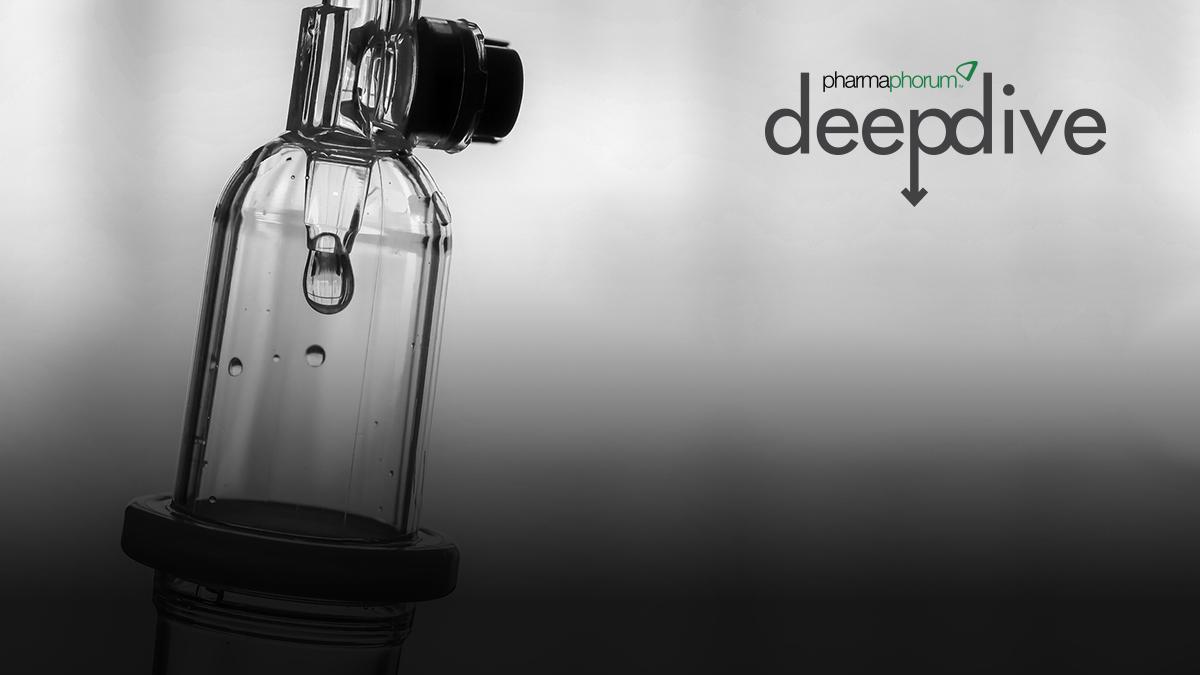How cell and gene therapies are infusing blood centres with new purpose

As the cell and gene therapy industry grapples with infrastructure challenges, help is emerging from an unlikely source – blood donation centres. Expanding beyond their traditional roles of collecting blood and plasma for medical treatments, these centres are starting to leverage their technology and trained staff, as well as their ties to local communities, to support the next frontier in chronic disease treatment.
New advances are being made every day in cell and gene therapy, and regulators expect to clear as many as 17 new cell and gene therapies this year, with more coming each year after that. However, developing these therapies and getting them through the FDA is only the beginning. Cell therapies face myriad challenges when it comes to actually getting them to the patients that need them most – not only on the reimbursement side, but also logistical challenges.
“A lot of these patients in the autologous realm have to travel very far to get to a collection site or centre, to even be apheresed, and to then travel back weeks later to have that material reinfused into them once the therapy is manufactured,” Priya Baraniak, chief business officer at OrganaBio, told Deep Dive. “And if you think about these patients, this is their usually third or fourth line of therapy. They’ve already gone through chemo, radiation, maybe a monoclonal antibody, you name it, and they’re highly, highly compromised.”
And right now, the number of sites qualified and accredited to administer cell therapies is shockingly small.
• Read the full article in pharmaphorum's Deep Dive digital magazine













